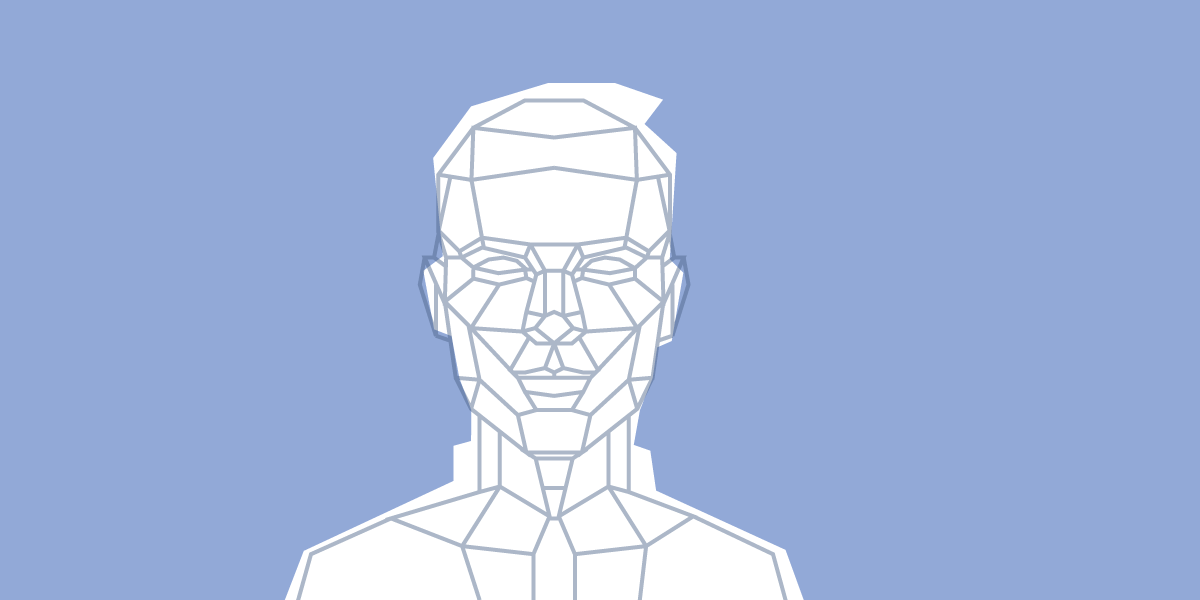In a world where human and virtual existence is becoming increasingly interconnected, the question as to whether we own our body data is quite simply ambiguous. But what actually is body data?
It could be said that body data is the digital byproduct created during the merging of our physical and digital selves. This situation can occur during a plethora of technological processes due to the ever-evolving advancements within this futuristic field. A few examples where our physical self meets our digital self and thus body data is formed, as well as harvested, are:
- Virtual Reality
- Augmented Reality
- Body Prosthesis (bionic limbs)
- Implantable Devices (for medical/identification purposes)
- Biometrics (facial recognition, fingerprint scanning, retina scanning, digital footprint/behaviour)
In the session, we learnt that Ghislaine and The Internet of Bodies organisation (2020) believe that our bodies “finally have become the interface”.
The Internet of Bodies engages in future digital issues for our living bodies. It explores the fast moving integration of humans with today's technologies, pointing to major transformations, not only to our bodies but to our understanding of ourselves, our identities and our relationship to the ‘other’. It points to a future in which we inter-connect ourselves to others through a networked “multi-self,” enabled by hyper-enhancement of the senses and a deeper tele-intuitive understanding of the virtual self.
Throughout this session, these concepts regarding the interconnection between human and digital brought on a conversation about the multinational tech conglomerate Facebook, now known as Meta and the prevalence of the “Metaverse” within contemporary media. Interestingly, Meta is beginning to incorporate Virtual and Augmented Reality, as well as the use of Avatars in this new virtual climate that appears to be attempting to integrate itself more and more into our daily lives. So rather than attending an in-person meeting at work, you could instead show up virtually using an avatar as a representation of your online presence. Right now, this would appear almost like a video game, similar to The Sims for example, with users being able to control their avatar in 2D. However, the future plan would be to expand from 2D into 3D using Virtual Reality headsets, and then eventually into Augmented Reality. Essentially, you would then be able to wear a smaller headset or AR glasses (e.g. Google Glass) and visually experience the virtual climate, without having to leave your home. Although the concept is still in the very early stages of development and is sometimes hard to comprehend if not apart of a technologically-literate audience, Wired magazine suggests that if you “mentally replace the phrase “the metaverse” in a sentence with “cyberspace” it can be easier to understand what Meta are actually trying to do.
That's because the term doesn't really refer to any one specific type of technology, but rather a broad shift in how we interact with technology.
Ghislaine then showed us an example of an Augmented Reality experience, created by artist Stacey Pitsillides in collaboration with ‘body>data>space’. This group, that Ghislaine is a member of, is known as an “interactive design collective based in East London who have advocated for the living body to be at the heart of the digital debate since the early 1990s”. This example of Augmented Reality was extremely interesting because it was both artistic and scientific in nature, combining core, biological representations with modern technology. It’s almost juxtapositional, allowing us to visualise an interpretation of our physical makeup within our virtual being through the vessel that is our mobile phones.
References
Greenwald, W. (2021) The Metaverse Is Facebook’s Play for Complete Social Domination. Available at: https://www.pcmag.com/opinions/the-metaverse-is-facebooks-play-for-complete-social-domination (Accessed: 14 December 2021).
me and my shadow (2012) Available at: http://www.bodydataspace.net/projects/meandmyshadow/ (Accessed: 14 December 2021).
Ravenscraft, E. (2021) What Is the Metaverse, Exactly?. Available at: https://www.wired.com/story/what-is-the-metaverse/ (Accessed: 14 December 2021).
The Internet of Bodies (2020) Available at: https://www.internetofbodies.net (Accessed: 14 December 2021).

